Killing Them Softly: Ghosts and the Unspeakable in East Java, Indonesia

Our post this month comes from Andrea Decker, a second-year graduate student in ethnomusicology at UC Riverside currently working on her Master’s Thesis on infrastructure and gender in dangdut music videos. When not listening to dangdut or collecting ghost stories, Andrea knits, sings, plays tabla, and does Crossfit.
"So, you love ghost stories, but you don't believe in ghosts?" asked Rizki, my Indonesian language instructor, incredulously.
I laughed as I replied, "I think you'll find that's true for many students from the USA. We love the stories, the excitement."
Rizki almost certainly knew what my response would be, having taught Indonesian to many foreign students. She knew the appeal of ghost tourism, and perhaps meant to hint that certainly, deep inside, I actually did believe in ghosts. Maybe I do.
I was no stranger to Indonesian ghosts by this time; I'd studied twice at the State University of Malang (East Java), and both times ghosts had been a central topic of conversation. Another of my teachers, Fitria, was a ghost enthusiast who had even named a campus ghost she encountered after me. Some days before I’d worn a long, pale green dress to class. As Fitria worked late on campus that night, preparing for class the next day, she felt a sudden chill and looked up to see someone sitting in my chair, wearing a long pale dress, with white skin and long blond hair covering her face. Fitria called out to the ghost, thinking it was me. She eagerly told me this story later, when I skeptically asked whether she’d ever seen a ghost. I never heard how she escaped the ghost that looked like me.
Two years later, from my field notes:
Someone brought a bouquet of flowers, daisies and another kind, called sedap malam or something like that, because they only smell at night. Sedap malam are white and used in the hair of brides. They're also thrown on graves and associated with ghosts. We put flowers in our hair in the dark. Walking home with my flowers, dusted with ash from the fire, I heard people asking each other whether I was a ghost.
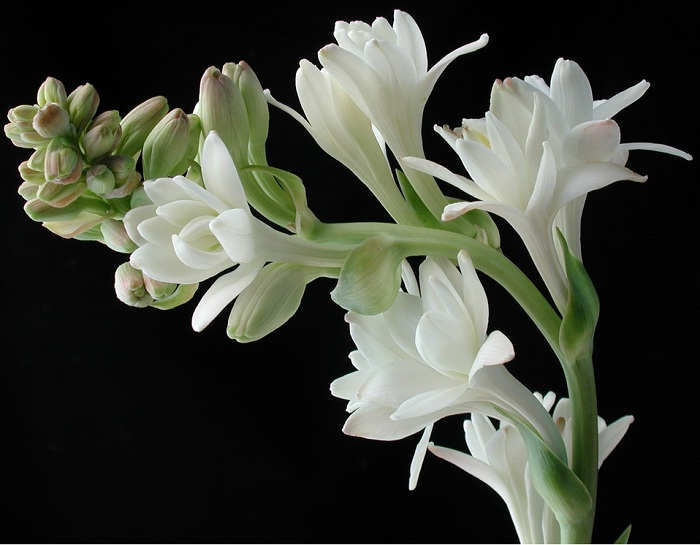
Somewhat mystified, but an ardent ghost fan herself, Rizki was thrilled when my language class enthusiastically voiced desire to go to the most haunted places in Malang. Given the nature of my ghostly namesake, I should not have been surprised to find out that the top three haunted locations in Malang were all Dutch colonial buildings near the historic city center: a museum, a school, and the ruins of a Dutch hotel.
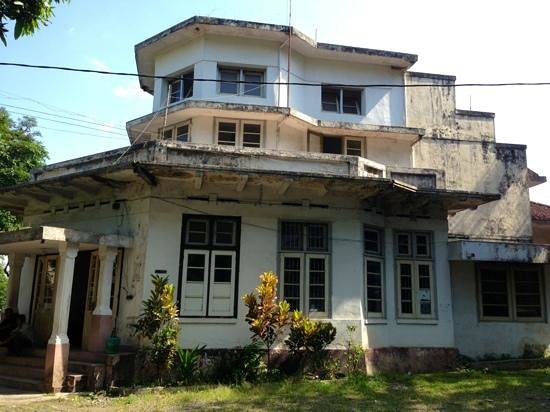
Much as Bandung served as an escape for the Dutch from the heavy heat of Batavia, now Jakarta, Malang was a cool mountain refuge near Surabaya. According to the tourist narrative, Wisma Tumapel first served as a hotel for the Dutch, built about 1928, with at least two stories, spacious halls, Dutch-style toilets and plumbing, and a maze of an interior. In 1944, the Japanese occupied Malang and used Wisma Tumapel as an administrative building. In 1950, the hotel passed in ownership to a Surabaya university. In 1968 Wisma Tumapel fell into the hands of State University of Malang, and since then has been walled up and inactive. In 2009, posters with plans for "development" were plastered across the front, and the university posted guards inside all day and all night. But the development has not happened, and the guards, for a small fee, let in tourists, photographers, and models all day (and for a slightly larger fee, at night).
.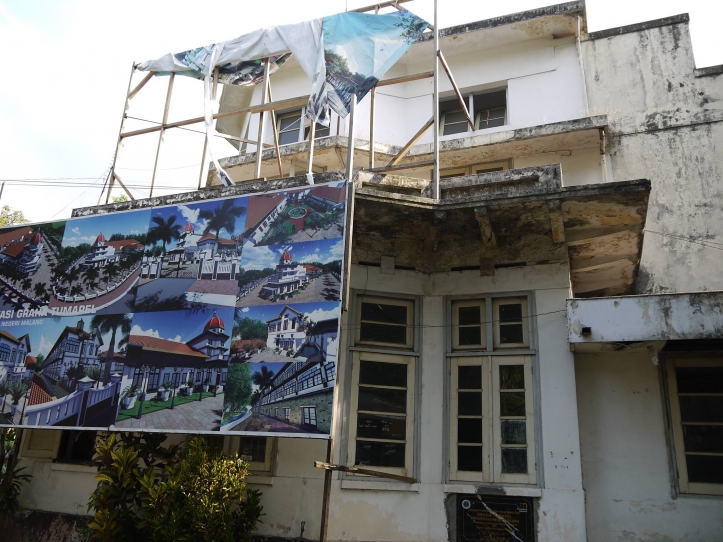
It's mainly these guards who regale visitors with tales of the local ghosts, as they are the main witnesses. They check our student IDs, take our small fee (about thirty cents each), and grin broadly as they tell us stories.
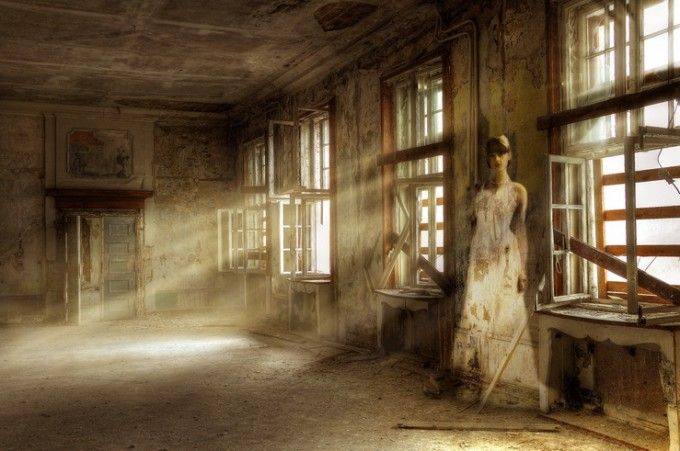
The ghosts are Dutch: usually a beautiful young Dutch housewife, who cooks and sings in the kitchen, or a small child, who bounces a ball down the hallway. No Japanese ghosts live there, and the guards do not discuss the time of the Japanese. The only person I knew who was willing to talk about the Japanese occupation was also the only person I knew who lived through it: my host mother.
My host mother, whom I affectionately called Yangte, was eighty-one years old and kept a beautiful garden. I would photograph her flowers, and she would smile with pride. She ran a boarding house and taught English, Dutch, German, and Japanese. Rarely have I found a human I’ve respected more. Through extensive mealtime conversations, I came to see Indonesian history through her eyes.
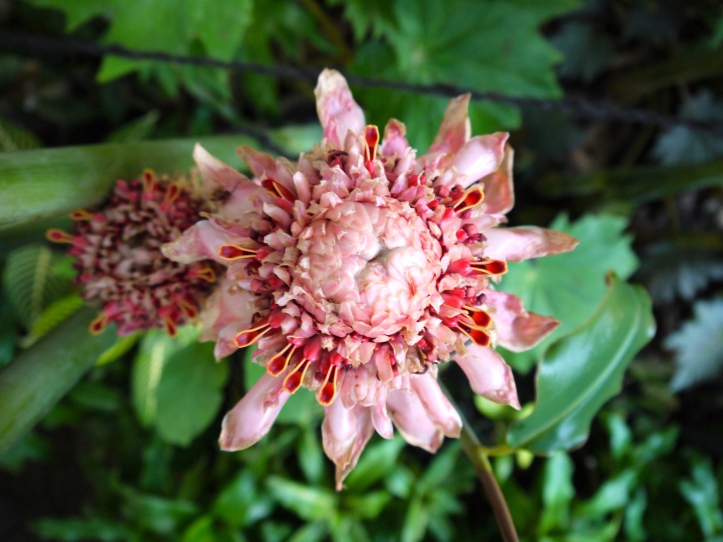
From my field notes June 26th, 2015:
[My host mother’s] next story was about when she lived in Yogja in the 1950s. She sang in a choir and played bamboo instruments. The instructor taught them Western art music translated into Indonesian and arranged for a bamboo instrument orchestra. But when the Japanese occupied Indonesia, she said, they took all the instruments. She still remembers the music, she says. All this happened while Soekarno was exiled. And then came the bad times, she said. I don't know what she meant, but I assume she was talking about Soeharto, because she looked at me with this brave gaze, as if testing me to see whether I knew, daring me to ask.
From my field notes July 5th, 2015:
This morning at breakfast my Ibu connected that "Killing me Softly with his Song" song to the Japanese occupation of Indonesia and to how Indonesian society is dealing with Muslim extremists. During the Japanese occupation, she told me, there was a revolt in Blitar, and the Japanese imprisoned and tortured many people, hanging them upside-down, pulling out their fingernails, sticking sharp pencils in their ears. "But they didn't die, not through a week of torture," my Ibu said. "That's killing them slowly, softly, like that song." I sang a line of the song, surprised at the reference. "Yes, that one! Killing them softly."
On February 14, 1945, a group of Tentara Sukarela Pembeb Tonah Air (Volunteer Army for the Defence of the Fatherland, abbreviated PETA) rebelled against the Japanese in Blitar, East Java (De Giosa 2011: 204). The leader of the rebellion, Sudanco Supriyadi, disappeared after its failure, but he was later held up as a national hero by President Suharto. A monument to him now stands in Blitar. I do not know whether the torture my host mother describes ever took place, but I do know that with extensive searching I have failed to find ghost stories about Supriyadi or the Japanese. Human beings experience many kinds of fear, many kinds of hauntings, but only some become ghost stories or ghost tourism. In Indonesia, locations of horror rarely become sites for ghost tourism. Instead, they become locations of the unspeakable.
He sang as if he knew me in all my dark despair
And then he looked right through me as if I wasn't there.
But he was there, the stranger, singing clear and strong
-Killing Me Softly (Lori Lieberman version)
“Killing Me Softly With His Song,” composed by Charles Fox and Norman Gimbel in collaboration with Lori Lieberman, was first recorded by Lori Lieberman in 1971. Recorded many times by many artists, the most famous versions are by Roberta Flack, released in 1973, and by the Fugees, released in 1996. I do not know which version haunted Yangte’s memory so vividly, attaching itself to the traumatic events of her childhood, or when and where she first heard it. I doubt she knows herself.
Lori Leiberman version:
Roberta Flack version:
The Fugees version:
On the 28th of June, 2015, a friend walked me home from the State University of Malang. He was a tutor with the language program, an arts major who used to play in a metal band that got pretty popular in the region, a lover of what he called "experimental music." As we were walking home, he asked at one intersection, “Andrea, do you go straight or turn right?”
“I turn right,” I responded.
“Are you afraid?” he asked.
Surprised and confused, I said, “Um, no, I just think it’s faster to turn right.”
Going straight, the road became rough, passing between a fenced-off building, uncompleted and abandoned, standing at least ten stories high, and a wooded gulch.
“Should I be afraid?” I asked.
He responded carefully, glancing at my face, looking for cues. “Many people are afraid of that part of campus,” he said. “Do you know about 1965? That gulch is where they left the bodies of communists.”
And yet the ghosts on campus Fitria talked about look like me.
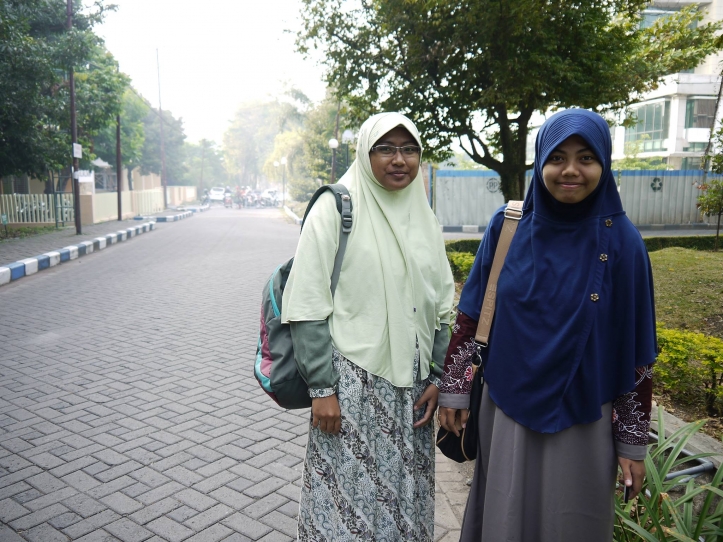
Two women at UM. Behind them, the choice to turn right or continue straight, and a glimpse of ruins. Photo credit: Author
Anna Tsing writes in The Mushroom at the End of the World: On the Possibility of Life in Capitalist Ruins, “freedom emerges from open-ended cultural interplay, full of potential conflict and mis-understanding. I think it exists only in relation to ghosts. Freedom is the negotiation of ghosts on a haunted landscape; it does not exorcise the haunting but works to survive and negotiate it with flair […] Some kinds of power are there, but not there; this haunting is a place from which to begin to understand this multiply culturally layered enactment of freedom” (Tsing 2015: 76). Gastón Gordillo calls these hauntings “anxieties about the invisible ruins” after imperial spaces become ruined and those who remain are “haunted by [their] latent presence on the landscape” (Gordillo 2013: 229).
Some kinds of power are there, but not there. Some types of hauntings are there, but not there. In Java’s landscape, in the ruins of colonial infrastructure, imperial conflict, and state-sponsored genocide, what powers haunt, and what powers are given shape? What hauntings become consumable commodities, like the unnamed, innocuous, otherized Dutch mother and child, and which become unspeakable fears? Perhaps, rather than the shape of our fears, ghost tourism shows us the faces of hauntings we have already conquered. The hauntings of powers we still fear, truly fear, must be faced another way first, but, as Gordillo points out, even hundreds of years of ruination is not enough time to recover from fears of ruined spaces.
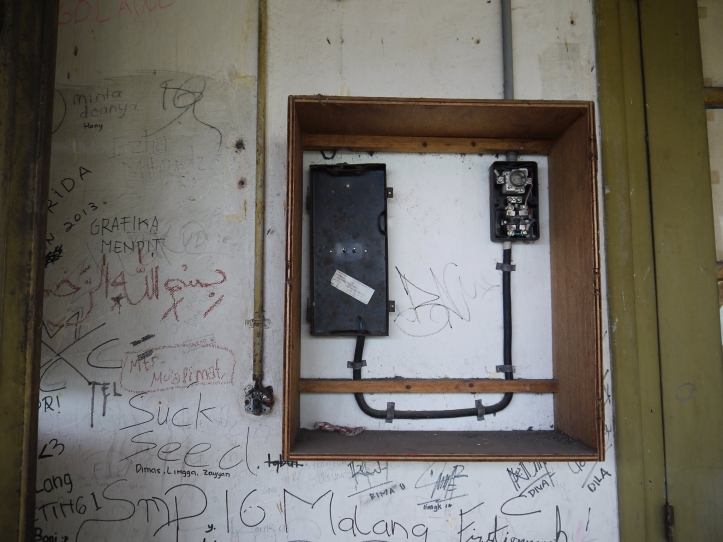
Immediacy, so uncomfortably kindred, in the tropical land, to the sensations of twilight, and jungle, and blurred edges, was to be avoided – no touching across the line, no warm shadows.–Rudolf Mrázek, Engineers of Happy Land
Wisma Tumapel, now a ruin, stands as a physical witness to the material plans of the Dutch to create sanctuaries in their Indies. Roland Sumara, writer for Malang's online tourism guide, describes Wisma Tumapel as "fancy and modern for the time it was built...the first hotel in Malang built in the new style of structure." In his opinion, "old and new buildings will become haunted (mistis) places if left empty for too long." Ruins become haunted sites. But likewise haunted sites become ruins, like the tower at the State University of Malang, never finished, fenced off, already decaying.
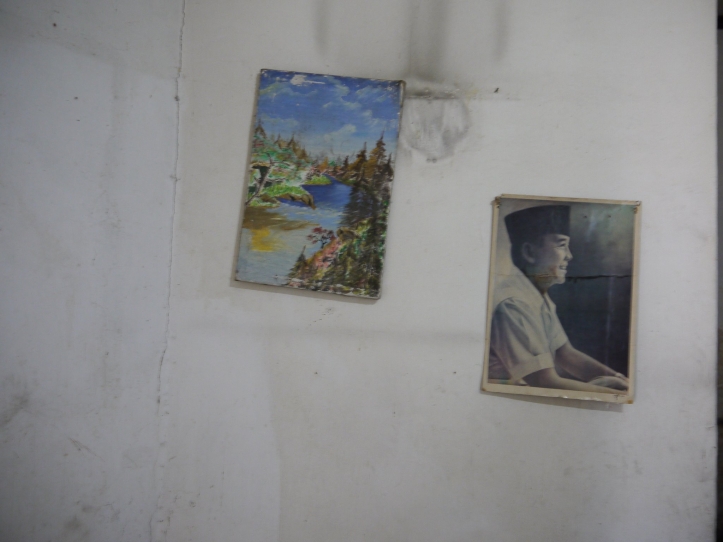
Originally fitted with electricity, Dutch toilets, three stories, fences, and gardens, the toilets now lie useless, the electrical wires torn off the walls, where now a portrait of Sukarno hangs crookedly. The well-ordered garden overruns its boundaries, and the occupants, vague Dutch stereotypes, are ghosts, floating above the colony they never connected to. They have become tableaux vivants, "photographs made of living people" (Mrázek 2001: 126), memories inseparable from their architecture forever acting out Indonesian ideas of Dutchness.
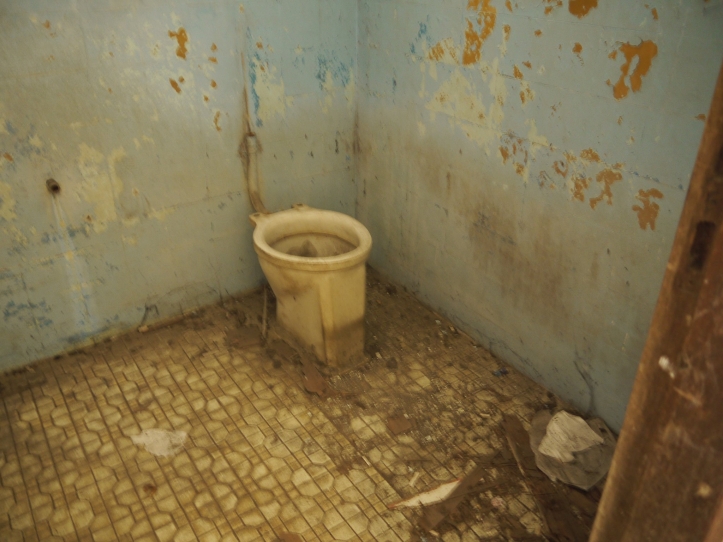
Fittingly enough, Indonesians capture these tableaux vivants with modern machines. Just as Mrázek describes "native" Indonesians as having an inclination towards cameras, planes, and telescopes, the Indonesians who flood Wisma Tumapel's halls seek locations for their photo shoots, elaborate equipment in hand. For a small fee, they use the space once built to exclude them in order to create art and sell fashion, to take graduation portraits for high schoolers, to take selfies and make videos of ghost encounters. Roland Sumara credits the building's popularity with photographers to its "feeling of nuanced vintage," the word "vintage" written in English. What was once "light-tight" (Mrázek 2002: 125), electrical, and modern has become exactly what the Dutch feared: a blurred edge between the present and the past, the Indonesian and the Dutch, the modern and the nostalgic, the living and the dead.
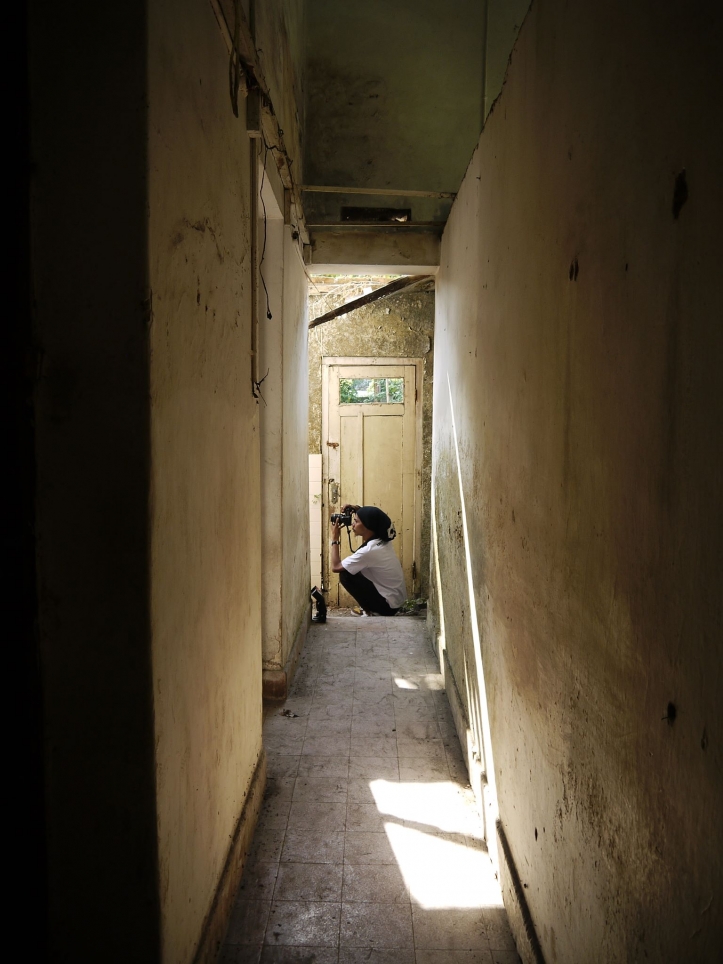
Yet for Indonesians, the ruin of Wisma Tumapel grants a certain amount of peace, what Simmel calls “the contrast of present and past into one united form, on the whole span of physical and spiritual vision in the unity of aesthetic enjoyment” (Simmel 1965: 266). But not all unities of past and present come with such pleasure. Some cause fear so great even ghosts refuse to tread there. Ruins like Wisma Tumapel might be called positive space, demonstrating at least some triumph of progress over nature. The emptiness of the gulches where communist sympathizers or Japanese officials or prisoners of war decay unifies past and present, but shows no such triumph, only voids that not even ghosts dare fill.
Except for me, another ghost of a haunting power, there one night, walking alone, covered in ash, and gone the next.
References:
Bianca, Ferren. 2013. Ensiklopedia Hantu & Makhluk Gaib Nusantara. Cetakan pertama, 2013. Yogyakarta: Narasi.
Clay Culver. 2016. Fugees - Killing Me Softly (Radio Edit) HQ. Accessed March 15. https://www.youtube.com/watch?v=8ppz-cwLeqo.
De Giosa, Pierpaolo. 2011. “Kudus and Blitar: A Tale of Two Javanese Iconic Cities.” In Cities Full of Symbols: A Theory of Urban Space and Culture, edited by Peter J.M. Nas, 197-216. Leiden University Press.
Duda Senna. 2016. ROBERTA FLACK KILLING ME SOFTLY LEGENDADO EM PORTUGUÊS BR. Accessed March 15. https://www.youtube.com/watch?v=Dx1XtKbEtfE.
Gordillo, Gastón. 2013. “The Void: Invisible Ruins on the Edges of Empire.” In Imperial Debris, edited by Ann Stoler, 227-251. Durham: Duke University Press.
“Meneer Pemberang Zaman Kolonial Belanda.” 2014. Foentry.com. August 29. http://foentry.com/2014/08/meneer-pemberang-zaman-kolonial-belanda/.
Mrázek, Rudolf. 2002. Engineers of Happy Land: Technology and Nationalism in a Colony. Princeton University Press.
NostalgiaQ8. 2016. Lori Lieberman - Killing Me Softly With His Song [HQ]. Accessed March 15. https://www.youtube.com/watch?v=WxY47jh9owA.
Roland Sumarna. 2016. “Misteri Dibalik Bangunan Wisata Wisma Tumapel.” Malang Online. Accessed January 7. http://malangonline.com/wisata-di-malang-7/.
Simmel, Georg. 1965. “The Ruin.” In Essays on Sociology, Philosophy, and Aesthetics, edited by Kurt H. Wolff, 259-266. New York: Harper & Row.
Tsing, Anna Lowenhaupt. 2015. The Mushroom at the End of the World: On the Possibility of Life in Capitalist Ruins. Princeton: Princeton University Press.





